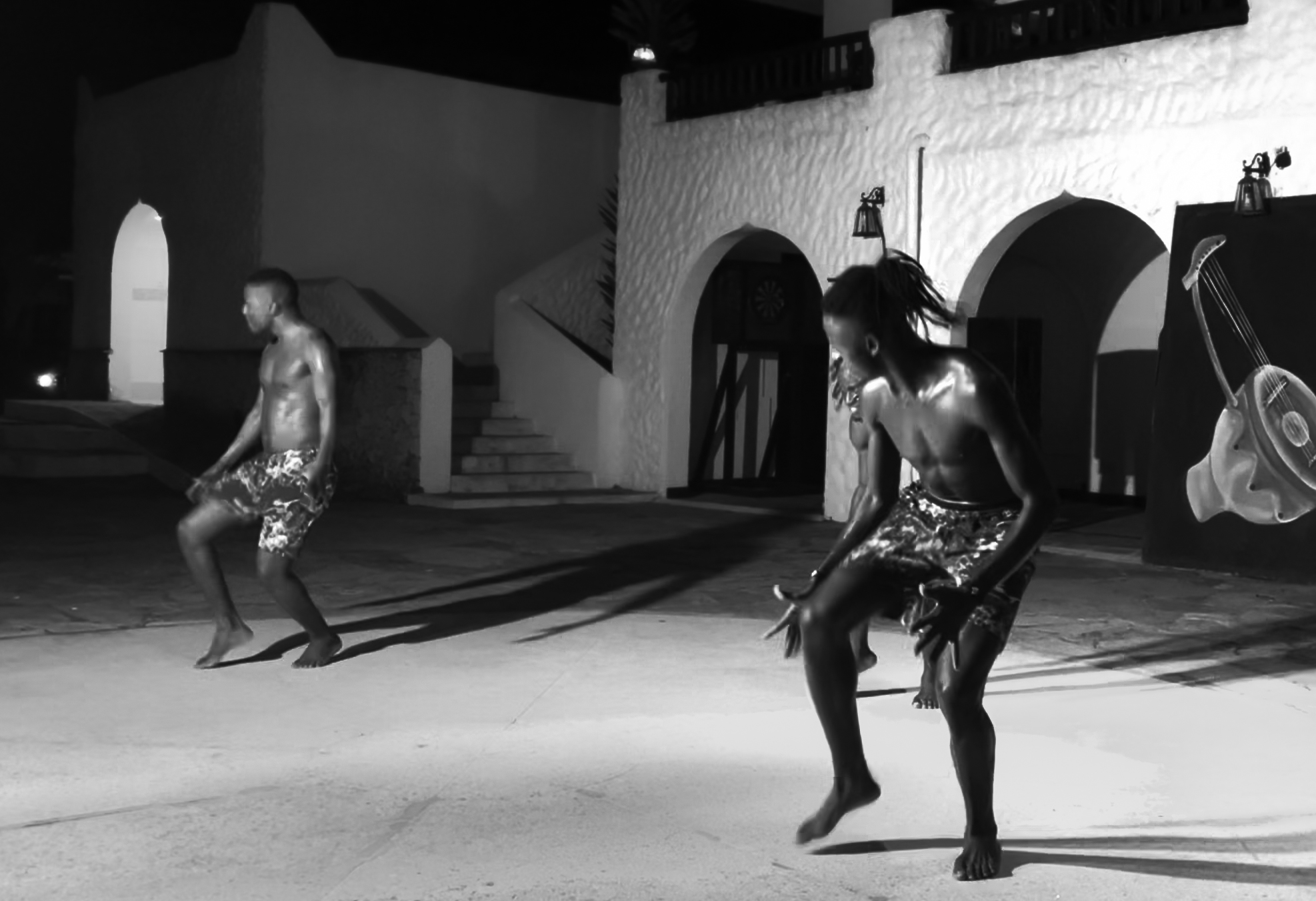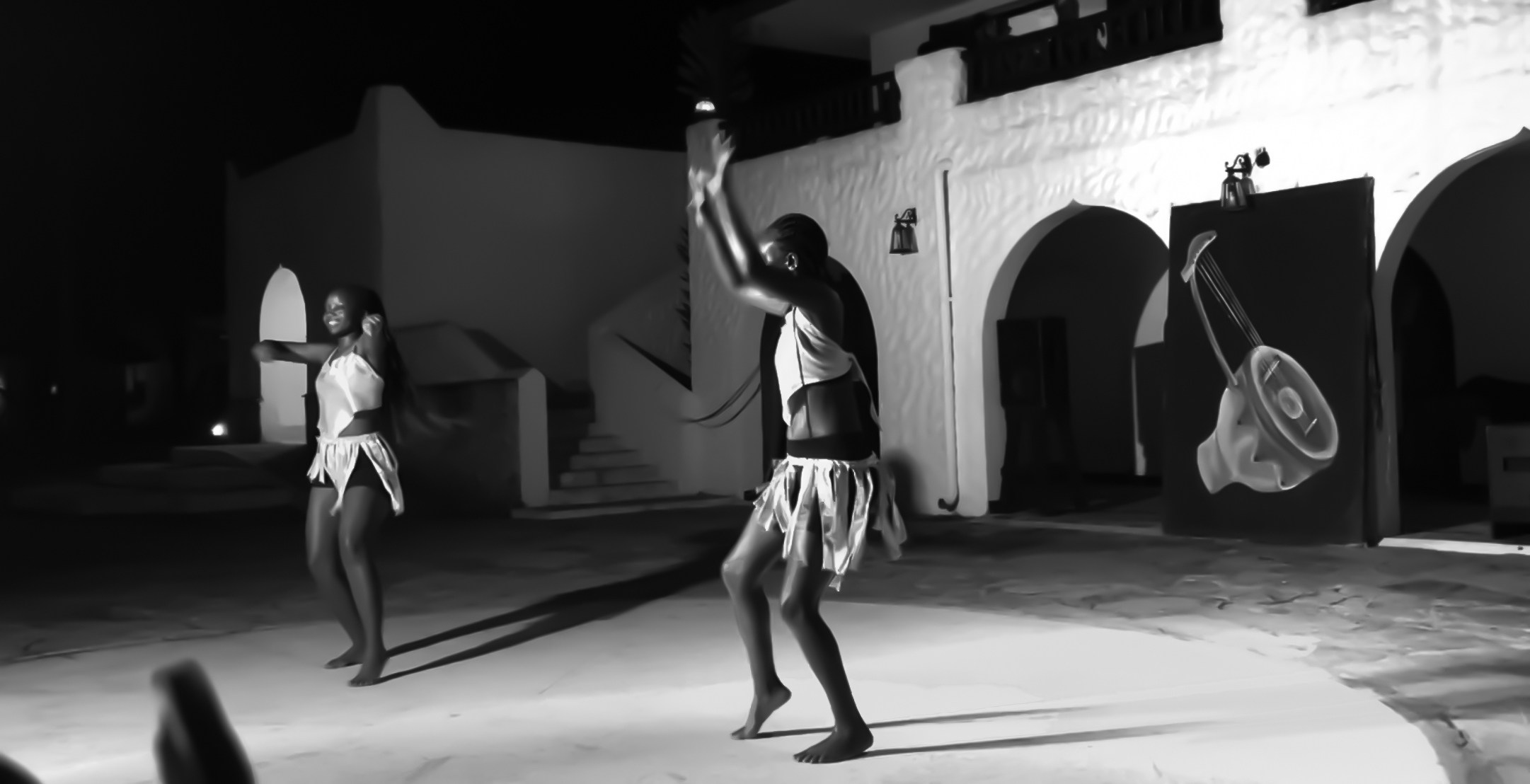Punk | Stucturalism | Phenomenology | A movie

1. Anthropological structuralism
Gilles Deleuze once said that structuralism precisely compares structures and then tries to draw conclusions. We can compare a table with a chair and find that both are square. We can likewise compare South African Amapiano music with European house and find that the beats are similar. If in the case of Amapiano we can still trace the origin, the comparison of the tables and chairs is… empty.
But even if we traced the history of the Amapiano, it did not tell us anything about the music itself, its use, and why it is also very popular in Kenya.
Anthropological structuralism (to describe it simply) does not compare tables but cultural phenomena, and cultural practices with each other. We can then see that the people of Siberia move in very similar ways to the Sioux when they dance. We can also compare the hat fashion of 70 years in Uganda with that in Denmark. We may even find something astonishing. The question is, what does it bring us?
Structuralism constantly forgot the context. Or, as Deleuze put it, error. Whereas I wouldn’t talk about errors in cultural adaptations. Even if many punks invoked the purity of their movement to distinguish themselves from the others.
2. Punk

In his essay “The Assault on Culture,” Stewart Home describes punk as a rather short-lived subculture of Britain’s big cities. Inspired by the so-called skinhead novels, punk remains a movement without great intellectual pretensions. Basically, punk can be compared to the subculture of soccer fans.
It was only much later that Class War found punk as a means of anarchist expression. But by then punk was long dead. Perhaps the Oi! movement was the last remnant of punk. However, Oi! was more of a primitive male culture that was primarily about drinking beer. Or, as “Exploited” put it, about “sex and violence”.
3. Phenomenology
I can’t remember who said it. A Japanese phenomenologist described the phenomenon of the epistemic horizon (not only him, but here we find a nice reflection on how Europeans – in the sense of Viveiros the Castro Europeans – react to the unknown).
We can also say that our brain reacts like this. In any case, when we see the unknown, we try to infer the known.
And here is an anthropological reflection. Europeans (and I still do not mean only the inhabitants of Europe) always try to compare all cultural phenomena with their own culture. The reason for this may be that Europeans are convinced of the superiority of their culture (wrongly, the European culture is rather primitive).
In other words, when Europeans see people with a mohawk hairstyle, dressed in leather jackets and boots on other ends of the world, they immediately think of one thing. They must be punks. The idea of comparing contexts doesn’t even occur to them. They name a cultural phenomenon, a cultural practice after their own, rather boring “culture” and call what they see: Punk.

4. Cultural appropriation
The people of Yucatan have adopted some of the religious practices of the Nahuatl for themselves. There has even been a discussion as to whether the proverbial aggressiveness of the Quiche did not originate with the Nahuatl. I do not want to have that discussion here. What interests me is the fact that when cultural practices are adopted from another culture, there is always a shift. An error.
If we understand punk as drinking beer, making music, and “No Future,” it doesn’t automatically mean that everyone who does that is also a punk. With adaptations of cultural practices, there are always shifts, changes, precisely, adaptations to one’s own culture, to one’s own context.
It is rather difficult for an average European to understand this context, to think about it.
Can we speak of the same practice in the case of a cultural adaptation, in the case of similarities?
Theoretically, I could adopt the rites of the Masai. It will not only make me a Maasai. It has no meaning because I probably wouldn’t think about the context. By the way, it is similar to yoga in Europe (which, free from any spiritual practice, rather reminds of stretching exercises). People are happy to do yoga. In truth, they practice stretching exercises with adapted intellectual, European superstructure.
5. Punk in Myanmar
Is there punk in Myanmar? Of course not. It is rather wishful thinking on the part of the protagonist. In fact, the youth in Myanmar, in the city of Yangon, have adopted elements of what we would call Oi Punk. Without all the context of the Oi movement.
On the other hand, we can’t say for sure. But if we use Western glasses, if we put the movement in Myanmar in a context, like the protagonist of the film, we destroy the movement and its beauty. And only see something European again. Another H&M store or Mcdonalds’.

6. #streetpunxofyangon
The film brilliantly illustrates the inability of different cultures to understand each other. On the one hand, we have a director trying to get money for a film about the “punks” in Myanmar. We see little of the punks themselves.
However, she is always running as if against the wall. The various attempts to get into Myanmar do not succeed.
Street Punx are a wonderful, ideal metaphor for the fact that we may never understand other cultures. In the end, the film’s protagonist is more concerned with herself and money than with the “punks” and their culture. She sees them through the screen of the PC in countless Skype phone calls. She cannot get closer to them. The screen is the end of possibilities.
It is a very important film that reminds us that we, the Europeans, should worry about the other parts of the world rather than thinking about ourselves and our problems. It is a mirror that, held up by Maja Holzinger, shows us the ridiculousness of what we call “European culture”.
In the end, no one will travel to Myanmar. That’s good. After all, it was we, Europeans, who bloodily exploited Myanmar, imposed our culture, and then, left it poor. It is good that now we do not want to explain to Myanmar people their own cultural adaptation.
Here (external link) you can read more about the movie.
And. It’s not a movie about Africa. But I thought African dancers would fit here.